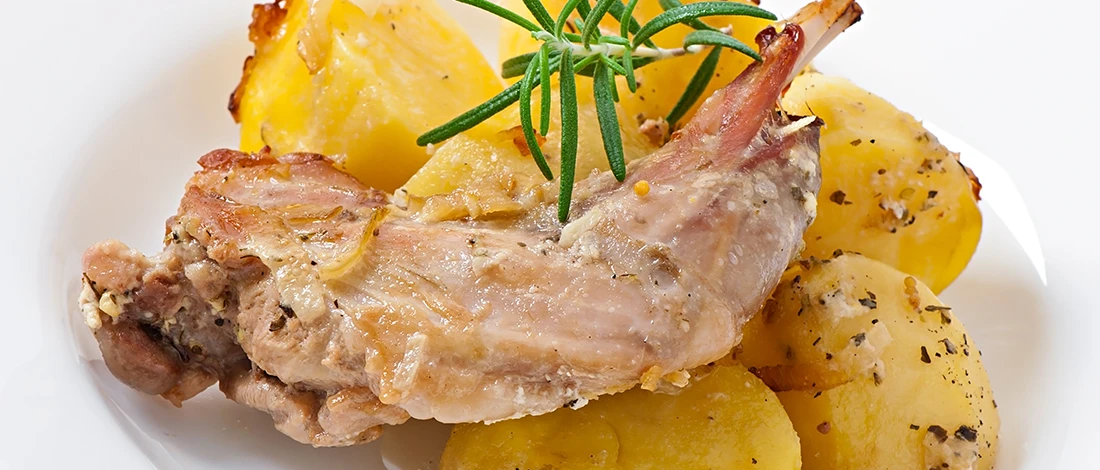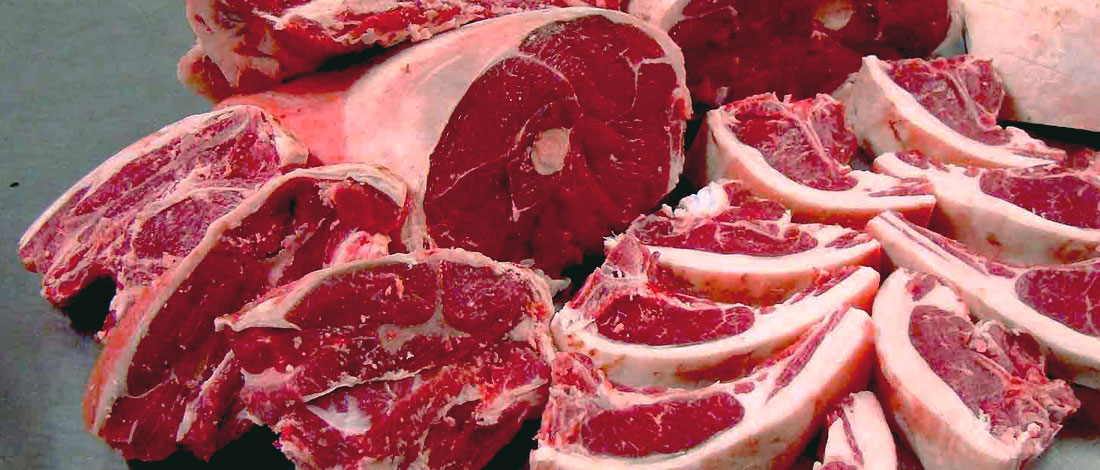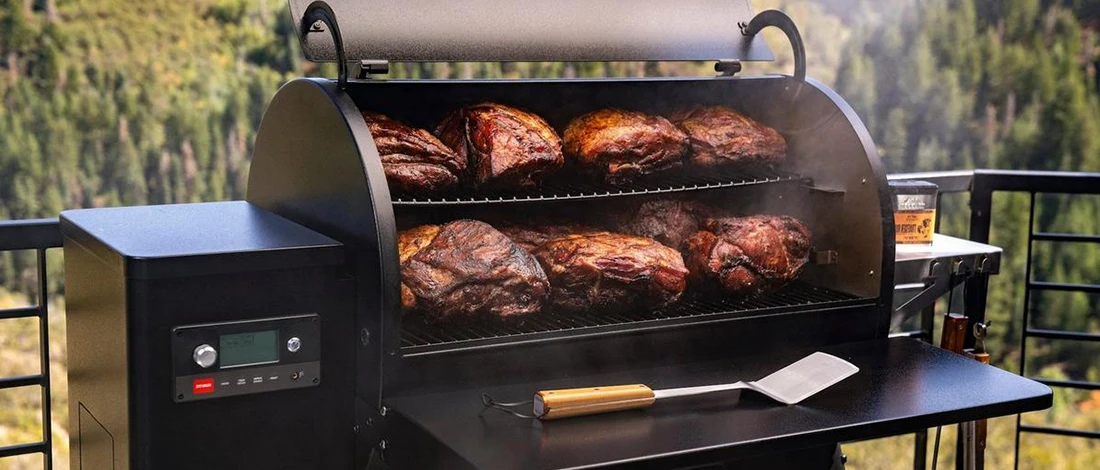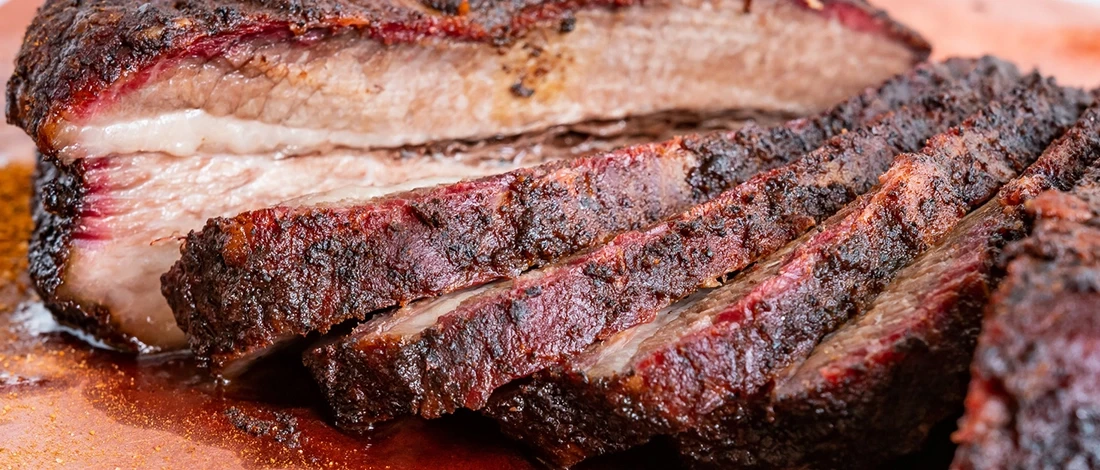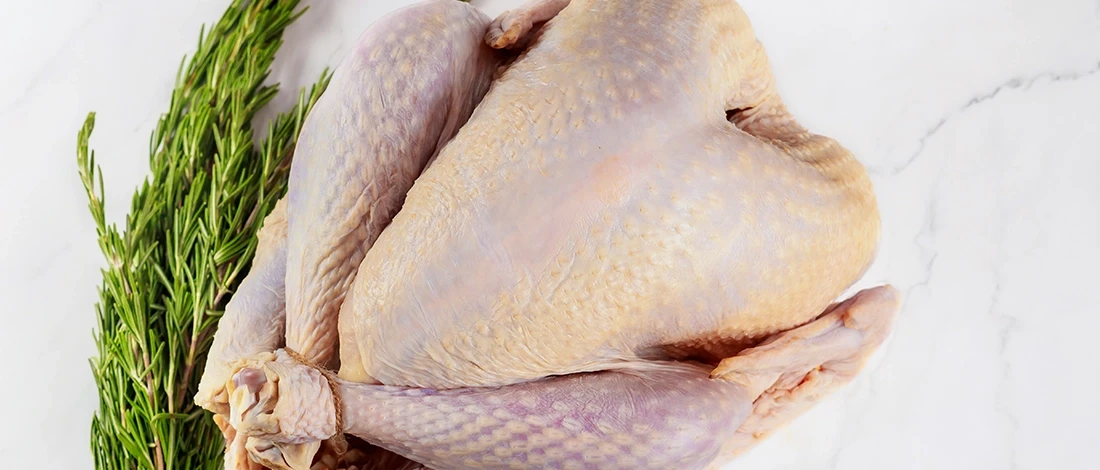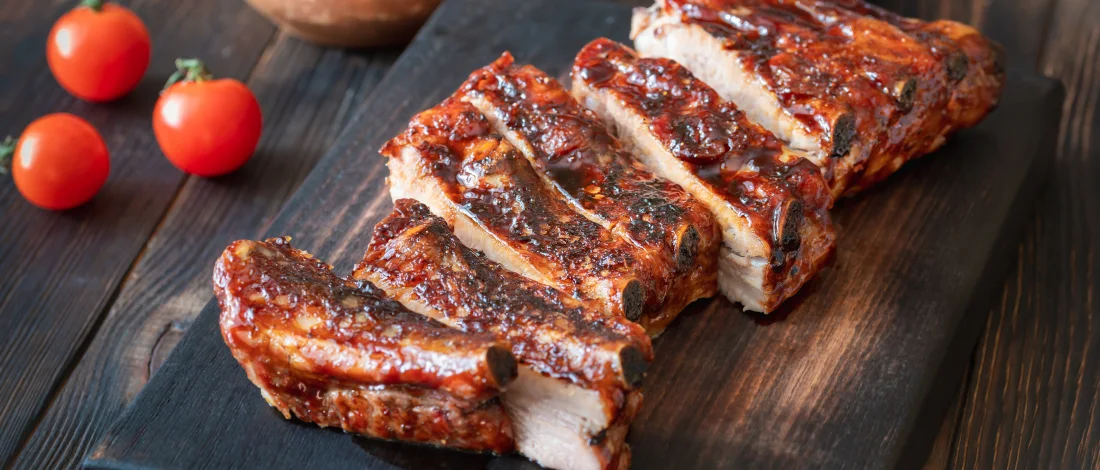At Carnivore Stye, we understand that managing potassium levels is crucial for those with kidney disease, as elevated levels can lead to severe health complications.
Given my own kidney concerns and my commitment to a carnivorous lifestyle, I was motivated to conduct comprehensive research on meats that are low in potassium.
So, I've put together a roundup of the best low-potassium meat options, drawing on both nutritional data and medical advice.
If you're navigating kidney issues while maintaining a meat-centric diet, this guide aims to help you make informed choices that align with your health needs.
Quick Summary
- Most meats with less than 233 mg of potassium per 100 g serving are considered low in potassium, including certain types of red meat, non-red meats, and fish.
- Low-potassium meats are beneficial for individuals with kidney disease, as they help control potassium levels in the blood.
- Potassium is a mineral that is necessary for the proper function of all cells, tissues, and organs in the body.
Benefits of Potassium
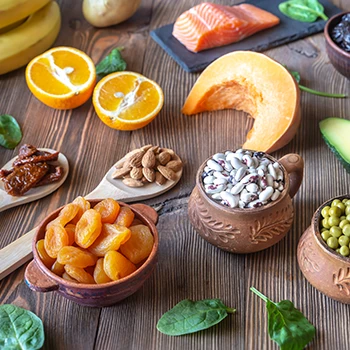
Potassium is a natural mineral found in lots of foods, including high-potassium fruits and vegetables, processed meats, and dairy products. It's an essential nutrient, which means that our bodies need it to function correctly.
Potassium plays a role in many different body processes, including muscle contraction, heart function, and fluid balance [1].
Most people think of this mineral as something that is good for your heart. And while it's true that this essential mineral can help lower high blood pressure and reduce the risk of stroke, that's far from its only claim to fame.
Carnivore Style's team researched and found these ten good reasons to make sure you're getting the proper amount of potassium content in your diet:
- It helps keep bones strong.
- It lowers the risk of kidney stones.
- It can help prevent osteoporosis.
- It can reduce the symptoms of PMS.
- It can relieve muscle cramps.
- It can decrease the risk of stroke.
- It can improve cognitive function.
- It can help you lose weight.
- It can improve your skin health.
- It can help your kidneys excrete excess sodium [2].
Although you need to watch your intake of certain meats while on a low-potassium diet, there are still plenty of delicious options to choose from.
ButcherBox offers a variety of low-potassium meats that are acceptable for those on a renal diet. Try out ButcherBox meat delivery service and see why it is the best way to get high-quality, grass-fed meat delivered directly to your home.
How Much Potassium Do You Need?
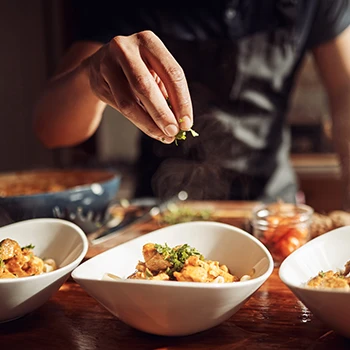
You need 1,600 - 2,000 milligrams of potassium daily [3]. Most Americans are able to get to this goal because this element is found in so many foods.
That said, having too much or too little potassium in the system can be dangerous. Too little potassium is known as hypokalemia, and this condition can cause muscle weakness, cramps, and fatigue [4].
Too much potassium is called hyperkalemia, and it can be life-threatening. This condition can cause irregular heart rhythms, which may lead to a heart attack [5].
But people with kidney illnesses are at risk for both hypokalemia and hyperkalemia.
They may have high potassium because their kidneys cannot effectively remove excess potassium from the body. However, their potassium level may fall too much if they are undergoing dialysis for their kidney illnesses.
"Potassium is an important nutrient found in many of the foods you eat. It helps your nerves, muscles, and heart work the right way. But too much potassium in your blood can be dangerous and cause serious heart problems."
- National Kidney Foundation
If that is not enough of a problem, some medications used to treat chronic kidney illnesses can actually increase the amount of potassium in the body. It defeats the purpose of a low-potassium diet as a result.
For these reasons, people with chronic kidney illnesses often need to follow a low-potassium diet or renal diet that limits foods high in this mineral. Most people will be instructed by their physician to reduce their potassium intake to 2,000 milligrams per day or less [6].
Low-Potassium Meats
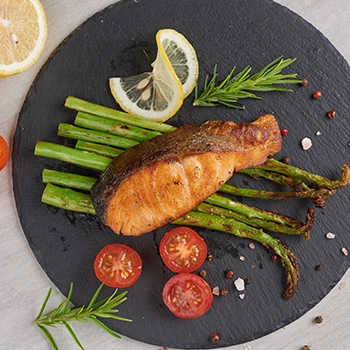
Most people think that meat and fish are off the table when you need to limit your potassium intake due to a low-potassium diet.
But that does not have to be the case. In fact, the National Kidney Foundation does not consider meat to be a high-potassium food.
That said, some meat is lower in potassium than others, and you can still enjoy that food as part of a healthy, low-potassium diet.
Most meats are considered to be low in potassium if they have under 233 mg of potassium in a 100 g serving.
When it comes to red meat, some examples of lowest potassium meats for kidney disease include:
- Corned beef brisket
- Bologna
- Bottom round roast
- Liverwurst
- Beef chuck, loin, or ribs
- Lamb ribs or roast
- Veal chops, roast, or tenderloin
Non-red meats and fish are also considered low-potassium meats as sources of protein.
The best options for a low-potassium diet include the following:
- Chicken thigh or drumstick
- Flounder or sole
- Canned tuna fish in water
- Smoked salmon
- Clams and oysters
- Ocean perch
Meats to Avoid on a Low-Potassium Diet
Of course, not every type of meat and fish is low in potassium. In fact, some meats are relatively high in potassium and should be avoided or at least limited if you need to follow a low-potassium diet.
For example, a 100 g serving of the following meats and fish contain more potassium than most and should therefore be limited:
- Trout
- Anchovies
- Sweetbreads
- Venison
- Ground pork
- Pork sausage
- Pork ribs, chops, and tenderloin
- Beef short ribs
- Ground turkey
- Ham and deli meats
- Chicken breast
- Spam meat and other processed meats
Potassium in Other Foods

The fix is pretty simple for those who do not have high enough levels of the mineral: eat more high-potassium foods.
Some of the best foods high in potassium are found in a plant-based diet since fruits and vegetables are the primary sources of this mineral.
Some foods high in potassium are:
- Bananas
- Beets
- Potato
- Sweet potato
- Spinach
- Cantaloupe
- Brussels sprouts
- White beans
- Bok choy
- Avocado
- Swiss chard
In addition to getting more potassium through certain foods in your diet, you can also take supplements. These are available over the counter at most pharmacies and grocery stores. Potassium supplements come in both pill and liquid form.
So, fixing too little potassium is a relatively simple process. But things are more challenging for those who need to keep their potassium low, such as people practicing a low-potassium diet.
Some of the low-potassium foods (less than 200 milligrams of potassium per serving) that are recommended on a CKD diet/renal diet include:
- Apples and apple juice
- Berries
- Cherries
- Grapes
- Peaches
- Pears
- Pineapple and pineapple juice
- Watermelon
- Alfalfa sprouts
- Asparagus
- Green beans
- Broccoli
- Cauliflower
- Celery
- Corn
- Cucumber
- Lettuce
- Onions
- Squash
- White rice
- Rice milk
- Noodles
- Bread
- Coffee
- Tea
In addition to consuming low-potassium food, people with kidney illnesses or kidney failure should also avoid food that is high in potassium content in their renal diet in order to maintain a good potassium balance.
Some of these foods include potassium-rich fruits and vegetables like:
- Dried apricots
- Avocados
- Bananas
- Cantaloupe
- Grapefruit
- Kiwi
- Mango
- Oranges
- Prunes
- Raisins
- Artichoke
- Legumes
- Acorn squash
- Broccoli
- Carrots
- Potatoes
- Tomatoes
- Spinach
- Chocolate
- Granola
- Milk and yogurt
- Peanut butter
- Salt substitutes
- Seeds, nuts, and whole grains
Leaching Potassium
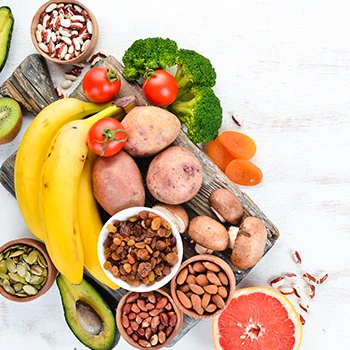
There is a helpful trick to open up the number of things you can eat while on a low potassium diet. You can leach potassium from some high potassium foods by soaking them in water for several hours.
This process can be helpful if you struggle to find low potassium foods that you enjoy.
Some of the best foods to leach potassium from include:
- Potatoes
- Carrots
- Squash
- Sweet potatoes
- Beets
- Rutabagas
To reduce the potassium content from these potassium-rich foods:
- Start by peeling and slicing them into thin pieces.
- Rinse the food, then soak it in warm water for at least two hours, using at least ten times the amount of liquid as there is food.
- If you will be soaking longer than two hours, make sure to change the warm water out every four hours at a minimum.
- After soaking, drain the remaining warm water and rinse the food.
- Cook the food as you usually would for your low potassium diet. Higher temperature cooking water may reduce potassium intake even further.
FAQs
Why Does Meat Contain Potassium?
Meat contains potassium because potassium is a major component of animal muscle cells. Most of the potassium in the body resides in the cells. And the cells with the most potassium are muscle cells.
How Can I Lower My Potassium Level Naturally?
You can lower your potassium level naturally by following a low-potassium diet and avoiding high-potassium foods. Cooking methods can also make a difference - boiling vegetables will leave them with less potassium than they otherwise would have.
What Is the Normal Level of Potassium?
The normal level of potassium is 3.5-5.0 millimoles per liter (mmol/L). Levels up to 6.0 mmol/L are concerning and should be addressed by a physician. Above 6.0 mmol/L is considered dangerous and requires urgent medical action [7].
How Can I Lower My Potassium Level Quickly?
You can lower your potassium level quickly by using medications. Although a low-potassium diet can help, they will not lower potassium level as promptly as medications can.
Are Herbal Supplements Good for High Potassium?
No, herbal supplements are not good for high potassium. In fact, many herbal supplements can actually raise potassium level. Therefore, it is best to avoid them if you have kidney illnesses and practicing a low-potassium diet.
References:
- https://medlineplus.gov/potassium.html
- https://www.hsph.harvard.edu/nutritionsource/potassium/
- https://www.mayoclinic.org/drugs-supplements/potassium-supplement-oral-route-parenteral-route/description/drg-20070753
- https://www.merckmanuals.com/home/hormonal-and-metabolic-disorders/electrolyte-balance/hypokalemia-low-level-of-potassium-in-the-blood
- https://my.clevelandclinic.org/health/diseases/15184-hyperkalemia-high-blood-potassium
- https://www.healthline.com/health/kidney-health/kidney-disease-and-potassium
- https://www.kidney.org/atoz/content/potassium


